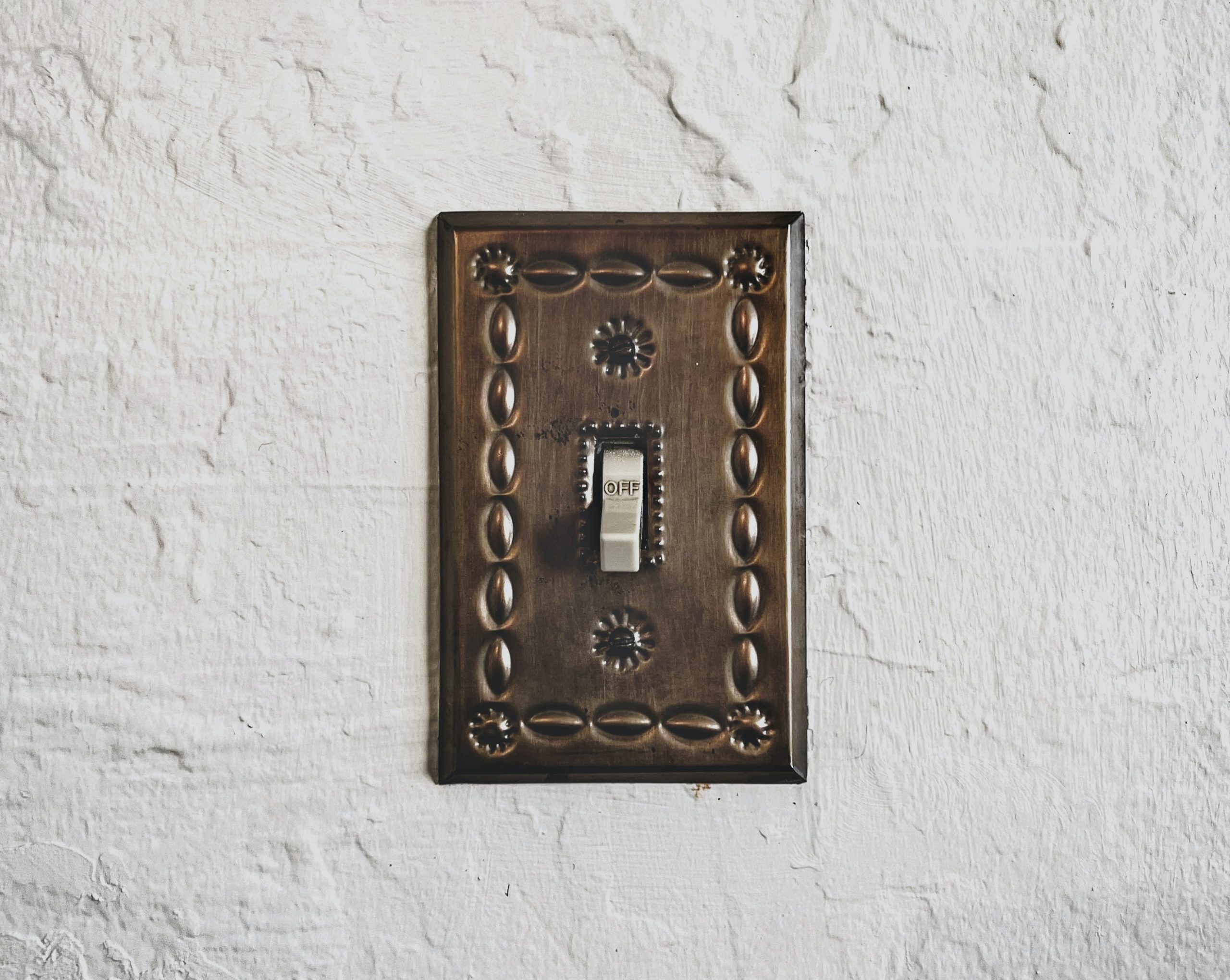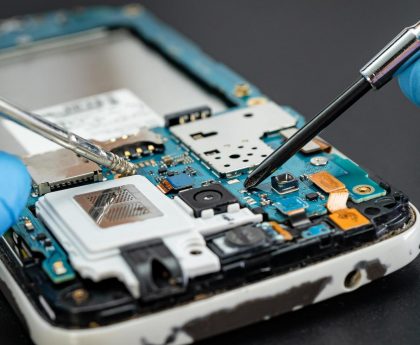Are you trying to optimize your home’s electrical system and at the same time would like to be able to control the light of a particular environment by two different switches? Nice idea! In fact, it is much more convenient to be able to manage light from at least two different points in the room where you are.
But how to turn on a light from two different buttons? To do this you need two diverters, apparently similar to switches, but to all intents and purposes different: think that you could even confuse them if you don’t look carefully at them.
Requirements and precautions
Before getting to the heart of the procedure, I would like to underline some fundamental requirements and precautions. As you can imagine, handling electrical cables in which 230 volts pass without having a minimum of electrical preparation, is never “good and right”. The risk of getting a good shock is literally at hand and not a pleasant experience. Therefore, proceed carefully following my instructions and only if you feel able to do it (if you are not at least a minimum familiar with similar procedures, it is probably better to leave it alone and entrust the work to more experienced people). I do not take any responsibility in case of any damage to you or your system, mind you.
Finally, you will need a screwdriver to screw the diverter supports and an electrician’s scissors to strip the wires. I leave you an example kit below to make the connection of a diverter with a square box composed of wiring with section 1.5 25m long, brown for the phase, blue for the neutral, For more information on conclusivenews.com see the guide I linked to you. I am sure that this reading will also be useful to you. black for the diverted line. Then you will find the Vimar diverter, the diverter support, the recessed box, and the decorative plate. Do not miss the electrician’s scissors and a universal screwdriver with integrated phase search.
The last precaution you must take is the most important of all, remember to always work in safety, that is, without tension on the cables.
Before starting to get your hands on the switches, always turn off the general power of the house by lowering the switch located on the general meter. I repeat: if you are not sure to proceed, even if you are convinced of do-it-yourself, I recommend that you consult a friend or relative who has more experience in the electrical field in order to obtain the necessary support.
What is a light diverter and how to recognize it?
If you don’t understand the difference between a traditional switch and a diverter switch, you risk making a mess that could cause the lighting system to malfunction. You cannot manage one or more lights with a diverter connected to a traditional switch, it cannot work in this way, which is why in this chapter I will explain briefly but in detail what a light diverter is and how to recognize it.
Let’s start with the simplest question: how to recognize a diverter? Well, the diverter is aesthetically very similar to a common switch, the most evident difference is found in the back, where you can observe the quantity and distribution of the terminals different from that of a switch. A single switch has two contact points: an input for phase L and an output for phase 1 (in fact a switch interrupts the phase). A diverter, on the other hand, has three contact points: one input for phase L and two outputs for interrupted signals 1 and 2which lead the line to the second diverter. I’ll tell you more about it here
The second diverter, which will be identical to the first, receives the two interrupted signals in its terminals 1 and 2, while terminal L will instead become the output of the phase that will go directly to the bulb. Therefore, the purpose of the two-way switches connected together is to interrupt the phase or rejoin it both from one point and from the other thanks to the “switching” of the three poles. This is impossible to do with a classic switch with only 2 poles. Paradoxically, only one diverter can be used to act as a stand-alone switch.
How to connect a light switch
Now that you have dusted off the basics of the diverted current, you can turn down the switch on the general meter and dive headlong into driving. Find all the details on how to connect a light switch in the next paragraphs.
First, prepare or identify, if you are working on an existing system, the connection for the bulb (light point) with a neutral cable (blue) and a phase cable (brown). The neutral of the bulb can be connected (or will already be connected) to an existing neutral joint located in a junction box. The phase of the bulb, we call it “phase” by convention, but it is not yet a phase carrier because it is only a cable connected to the bulb and not to the system, you have to bring it to the position of the first diverter.
The second diverter will have the two black cables coming from the first diverter and entering the respective terminals 1 and 2 plus a brown phase cable connected to terminal L.





